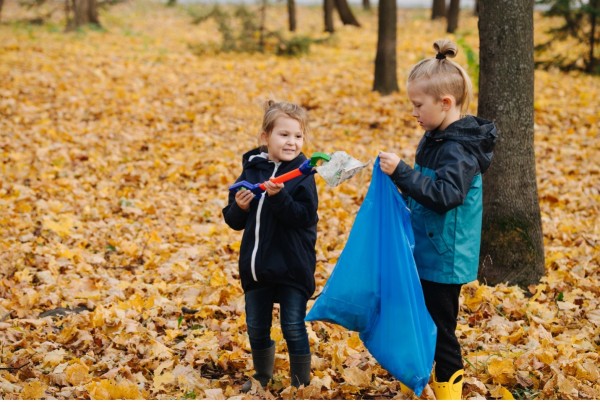Active children are often full of energy and enthusiasm, which can be both a blessinga nd a challenge for parents and caregivers. While their energy is a sign o fhealth and vitality, it can sometimes lead to impatience and a lack of focus.Teaching active children to slow down and be helpful not only benefits your family dynamics but also helps them develop important life skills.
During the month of October, the teachers at Children’s Lighthouse “slow down” to take the time to teach children about the value of being helpful. Here are some effective strategies to achieve this balance.

Set Clear Expectations: Start by having a conversation with your child about the importance of slowing down and being helpful. Explain that it's a valuable skill that will benefit them and others in various situations. Be clear about your expectations, and let them know that it's a learning process.
Be a Role Model: Children often learn by example. Demonstrate the behavior you want to see in your child. Show them how to be patient, calm, and helpful in everyday situations. They are more likely to emulate your actions if they see you practicing what you preach.
Create a Routine: Establishing a daily routine can help active children understand the concept of slowing down and being helpful. A structured schedule can provide a sense of stability and predictability. Include designated times for chores, homework, and other responsibilities.
Teach Time Management: Active children may struggle with time management. Help them understand the importance of planning and organizing their activities. Use visual aids like calendars or timers to illustrate the concept of time and deadlines.
Practice Mindfulness: Mindfulness exercises can be incredibly effective in helping children slow down and be present in the moment. Encourage activities like deep breathing,meditation, or yoga to promote relaxation and focus.
Use Positive Reinforcement: Praise and positive reinforcement can go a long way in encouraging helpful behavior. Whenever your child exhibits patience, kindness, or helpfulness, acknowledge and celebrate their efforts. This positive feedback reinforces these desirable qualities.
Break Tasks into Manageable Steps: Active children, as well as young children, may become overwhelmed when faced with a big task. Break down chores or responsibilities into smaller, manageable steps. This makes the overall task seem less daunting and helps them stay focused.
Offer Incentives: Consider using a rewards system to motivate your child to slow down and be helpful. Incentives are different from bribes. Incentives are established well before an event. Bribes are offered while something is going on to alter the behavior in action. If giving incentives isn’t your thing, consider offering small rewards or privileges for consistently displaying helpful behavior. This could be extra playtime, a special treat, or a fun outing.
Be Patient and Supportive: Teaching active children to slow down and be helpful is a process that requires patience. Understand that they may not get it right every time or do it to adult expectations, and that's okay. Encourage them to keep trying and provide support when needed.
Encourage Empathy: Help your child understand how their actions impact others. Encourage them to think about how their helpfulness can make a difference in someone else's day. Reading books or watching movies that emphasize empathy can be helpful.
In conclusion, teaching active children to slow down and be helpful requires patience, consistency, and a nurturing approach. By setting clear expectations, modeling the desired behavior, and providing opportunities for them to practice helpfulness, you can help your child develop valuable life skills that will serve them well throughout their lives. Remember that every child is unique, and progress may take time, but with your guidance and support, they can learn to balance their active nature with helpfulness and patience.



